
The year 2025 has started with typical seasonal slowness in nonferrous scrap generation, largely due to colder weather and reduced industrial activity. However, experts believe the supply and demand balance in the domestic market for copper and aluminum scrap is well-maintained as the industry prepares for the months ahead.
Seasonal Slowdown and Weather Effects on Scrap Generation
The winter months, particularly January and February, often see a drop in scrap generation due to slower demolition and manufacturing activity. A scrap processing company executive with operations in the Midwest and Southeast notes that while scrap generation has been lower than usual in recent weeks, this slowdown is typical for the time of year.
The colder weather that swept across the U.S. in January, from the Southwest to the Northeast, has further compounded the reduced scrap supply. However, as temperatures warm up and industrial activity picks up, the executive expects scrap generation to increase again in February, assuming no major weather disruptions.
The situation is somewhat different for operations in the South, where weather impacts are less severe, and manufacturing activity has not been as affected. Still, overall, the outlook remains cautious, with many scrap processors adopting a “wait-and-see” approach due to lingering uncertainty surrounding tariffs and trade policies.
Tariff Uncertainty and Its Impact on the Nonferrous Market
The threat of higher tariffs continues to cloud the outlook for the nonferrous market. In late January, President Donald Trump announced plans to impose a 25% tariff on imports from Canada and Mexico, effective February 1. While the specifics regarding tariffs on China and other regions remain unclear, this move has sparked concern among traders and scrap processors.
The executive based in the Midwest expressed concerns about potential disruptions in the supply chain for primary aluminum and automotive parts, as both Canada and Mexico are key suppliers to the U.S. market. The imposition of tariffs, he believes, could negatively impact metal recyclers by increasing costs and potentially reducing scrap generation.
For international markets, particularly China, there is also hesitation. Some Chinese scrap consumers have pulled back from purchasing U.S. scrap due to uncertainty about the tariffs, while others have widened their offer prices. The trader in Florida noted that China’s scrap purchasing has been notably subdued, likely due to the approach of the Lunar New Year celebrations.
Despite these concerns, supply and demand for copper and aluminum scrap in the U.S. remain relatively balanced, with demand strengthening slightly due to a reduction in available scrap. This balance has helped to push pricing upward in recent weeks.


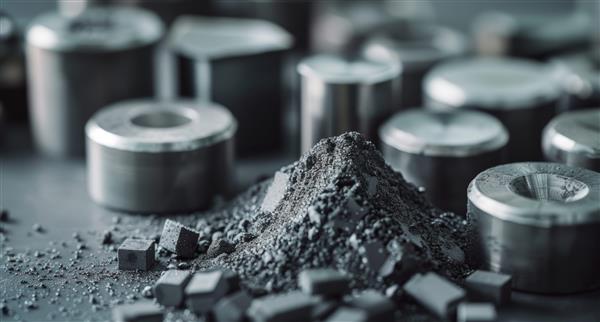


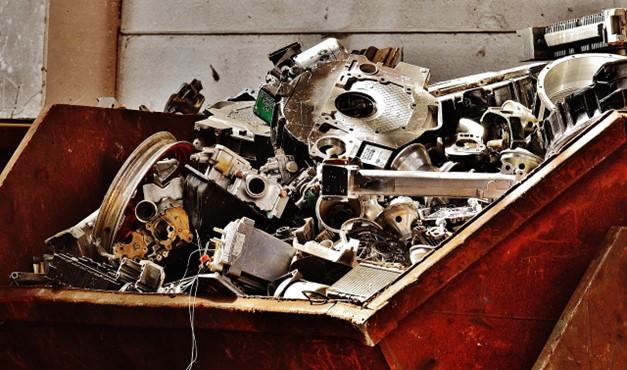

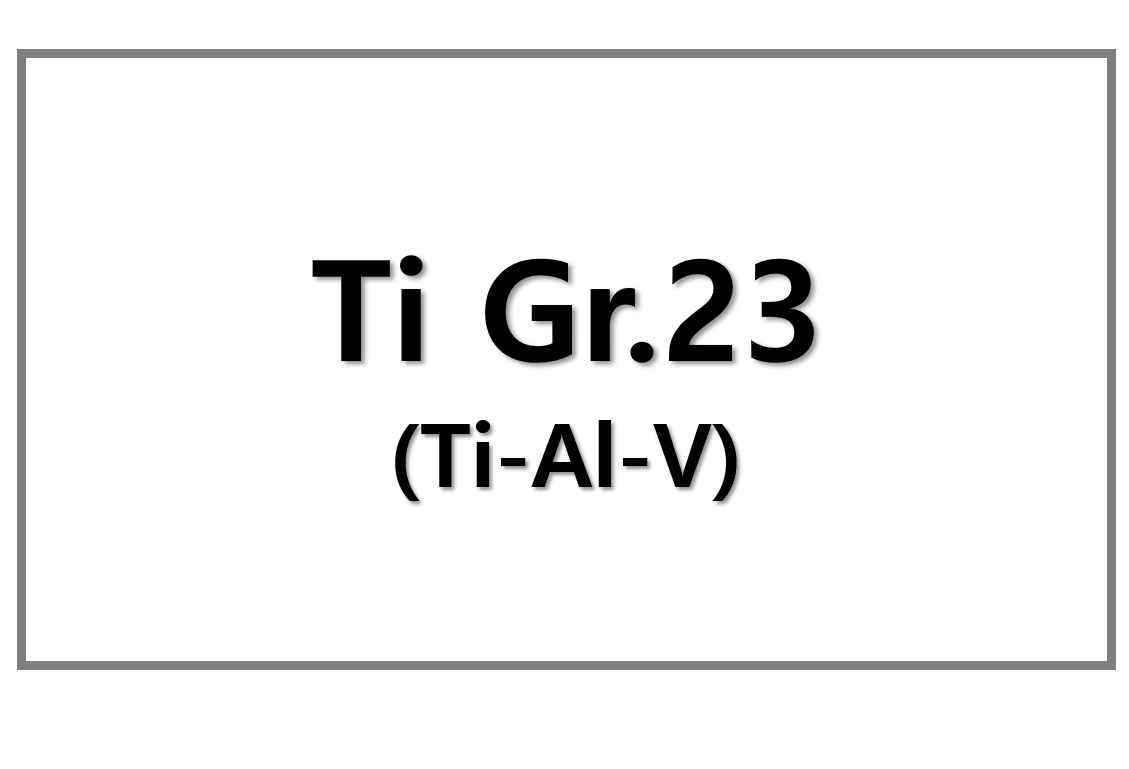
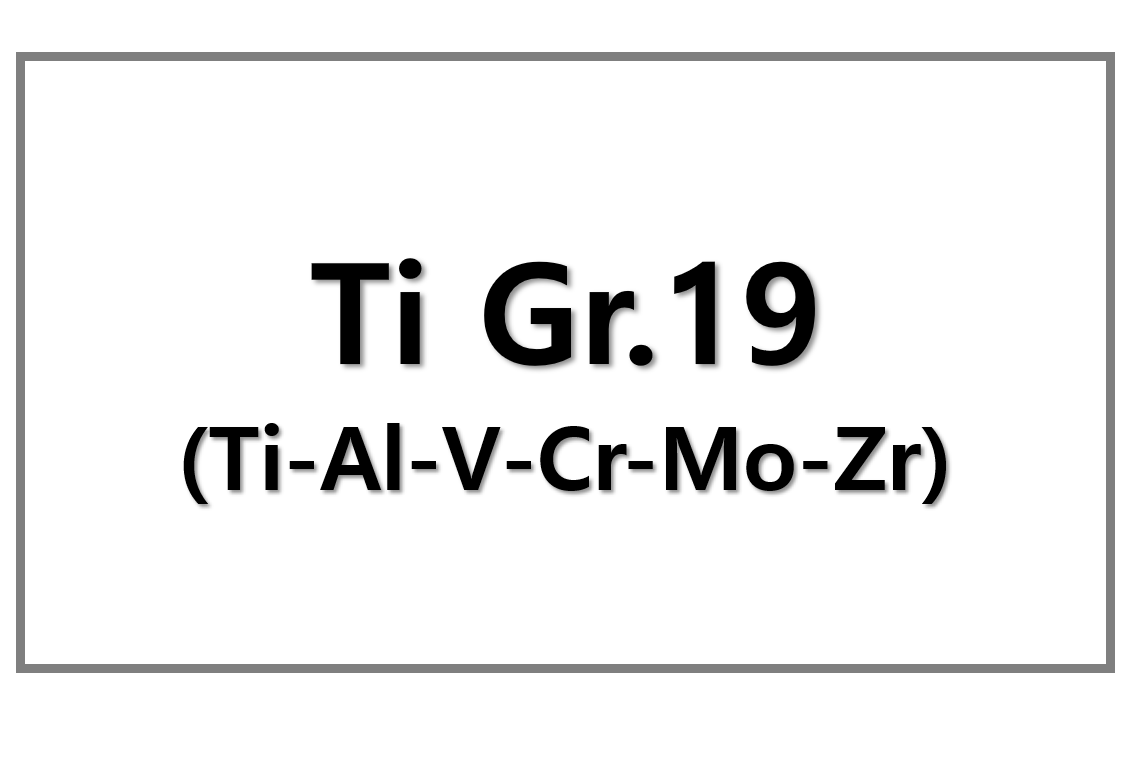
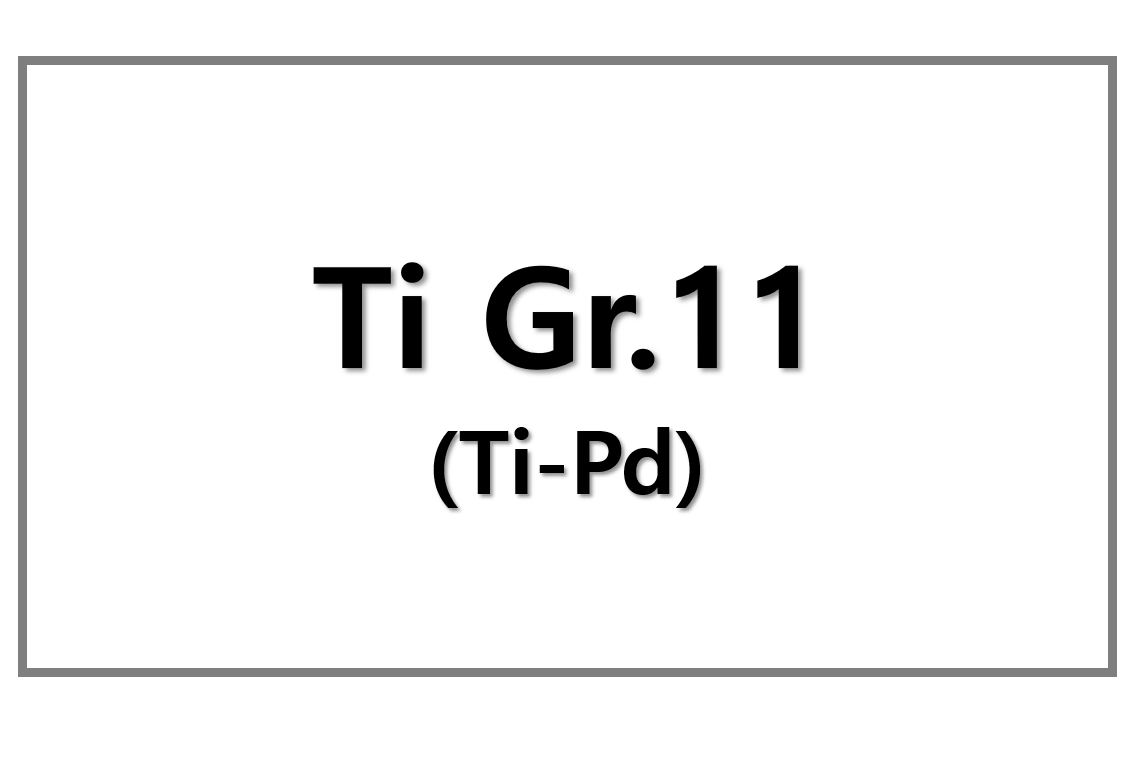
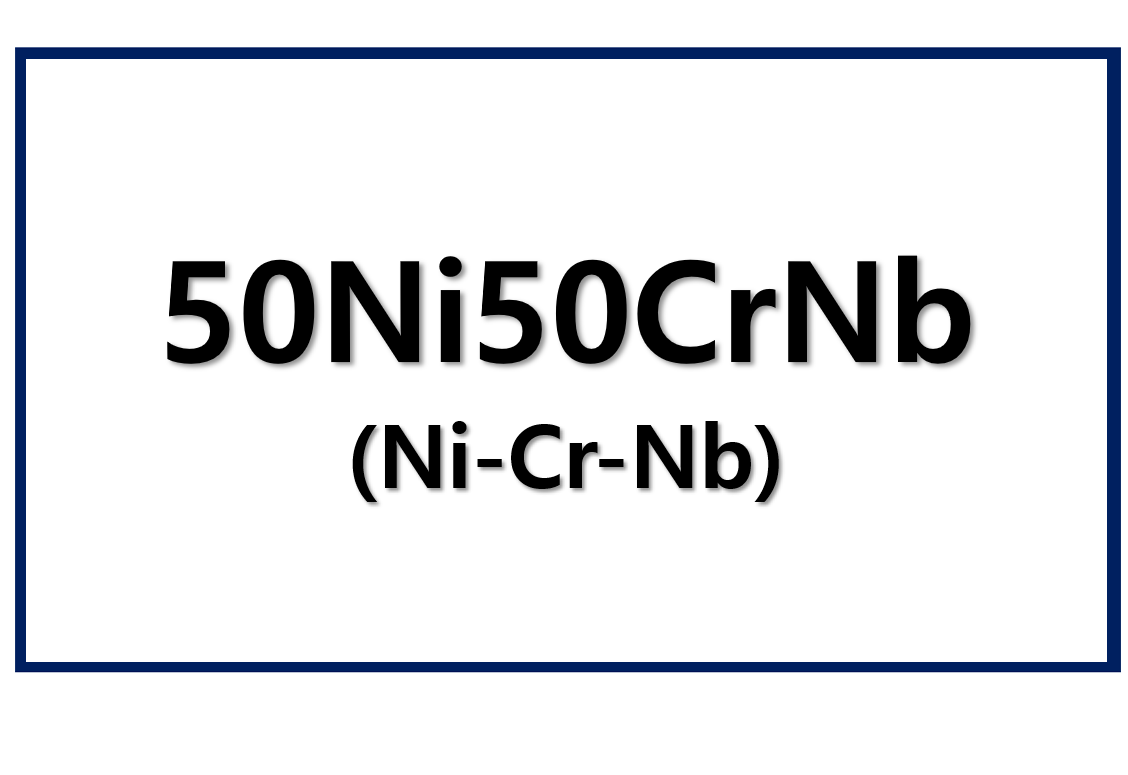
Leave a Reply
You must be logged in to post a comment.